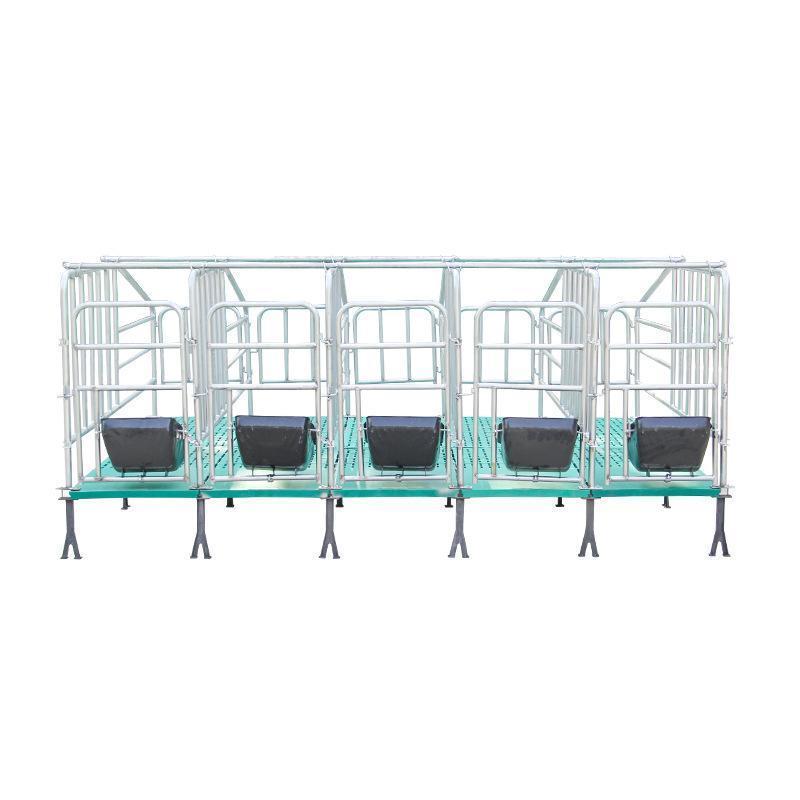poultry pellet feed machine
Oct . 20, 2024 05:19 Back to list
poultry pellet feed machine
The Importance of Poultry Pellet Feed Machines in Modern Farming
In recent years, the poultry industry has seen significant advancements in technology and production methods. One of the most important developments is the introduction of poultry pellet feed machines. These machines have revolutionized the way farmers produce feed for their poultry flocks, ensuring better quality nutrition, improved feed efficiency, and increased profitability.
What Are Poultry Pellet Feed Machines?
Poultry pellet feed machines are specialized devices designed to process raw feed ingredients into high-quality pellets. These machines can handle various ingredients, including grains, vitamins, minerals, and protein sources, which are essential for a balanced poultry diet. The technology behind these machines typically involves grinding, mixing, conditioning, and pelleting the feed mixture. The result is a uniform, easy-to-digest pellet that poultry can consume efficiently.
Benefits of Using Pellet Feed
One of the main advantages of using pellet feed is its streamlined nutrient delivery. Pelleted feed is more digestible than traditional mash feed, as the pelleting process heats and moistens the ingredients, breaking down the cell walls of grains and increasing the bioavailability of nutrients. This means that poultry can absorb more nutrients, leading to improved growth rates and better overall health.
Additionally, the uniform size and shape of pellets minimize waste and ensure that all birds receive the same amount of nutrition. In contrast, mash feed can result in selective eating, where birds pick and choose their favorite ingredients, leading to nutritional imbalances and potential health issues.
Enhanced Feed Efficiency
poultry pellet feed machine

Another significant benefit of poultry pellet feed machines is their ability to enhance feed efficiency. By converting raw ingredients into pellets, farmers can achieve a more consistent feed product that meets the specific dietary requirements of their poultry. Enhanced feed efficiency translates directly into reduced feed costs, as poultry can achieve optimal growth rates with lower feed conversion ratios.
Moreover, pelleted feed can reduce feed spoilage and waste. When stored correctly, pellets tend to have a longer shelf life than mash feed. This longevity is particularly beneficial for large farming operations that require bulk feed storage, as it helps to minimize losses due to spoilage or pest infestations.
Impact on Poultry Farm Management
Investing in a poultry pellet feed machine can also have a positive impact on farm management practices. With the ability to produce customized feed formulations, farmers can tailor their feed to meet specific flock needs based on age, growth stage, and production goals. This adaptability is crucial, particularly in a rapidly evolving market where poultry producers must respond to changing consumer demands.
Furthermore, on-site feed production empowers farmers to have greater control over their feed supply chain, reducing reliance on external feed suppliers. This independence not only helps in cost management but also allows for quicker adjustments to feed formulations, ensuring that poultry nutrition remains at the forefront of production efforts.
Conclusion
The poultry pellet feed machine represents a transformative step in the realm of poultry farming. By ensuring the delivery of high-quality, nutritionally balanced feed, these machines contribute to improved bird health, enhanced feed efficiency, and ultimately, increased profitability for poultry producers. As the industry continues to evolve, the adoption of advanced technology such as pellet feed machines will be crucial in meeting the growing global demand for poultry products while also adhering to standards of sustainability and animal welfare. With the ongoing innovation in this field, the future of poultry farming looks promising, and farmers are better equipped than ever to succeed.
-
Hot Sale 24 & 18 Door Rabbit Cages - Premium Breeding Solutions
NewsJul.25,2025
-
Automatic Feeding Line System Pan Feeder Nipple Drinker - Anping County Yize Metal Products Co., Ltd.
NewsJul.21,2025
-
Automatic Feeding Line System Pan Feeder Nipple Drinker - Anping County Yize Metal Products Co., Ltd.
NewsJul.21,2025
-
Automatic Feeding Line System - Anping Yize | Precision & Nipple
NewsJul.21,2025
-
Automatic Feeding Line System - Anping Yize | Precision & Nipple
NewsJul.21,2025
-
Automatic Feeding Line System-Anping County Yize Metal Products Co., Ltd.|Efficient Feed Distribution&Customized Animal Farming Solutions
NewsJul.21,2025






